Water cremation is a green and cost-effective option to burial and cremation. Never heard of it? Well, you came to the right place! We’re about to tell you all about it.
What is Water Cremation?
For someone that like the idea of cremation, but not the fire, there is an alternative that is becoming increasingly popular, and has even less of an environmental impact: Flameless Cremation, or Alkaline Hydrolysis.
Alkaline hydrolysis uses water, alkaline chemicals, heat, and sometimes pressure and agitation, to accelerate natural decomposition, leaving bone fragments and a neutral liquid called effluent. The decomposition that occurs in alkaline hydrolysis is the same as that which occurs during burial, just sped up dramatically by the chemicals. The effluent is sterile, and contains salts, sugars, amino acids and peptides.
It’s also gentle to the body, breaking the soft tissues and organs down first, into a liquid that is an amazing fertilizer and can be used to grow plants. The remaining skeleton is clean, never burned, and returned to the family after being pulverized into a fine white powder. This can be used in a similar way to cremains.
The Green Choice
Water cremation produces zero emissions and gives the deceased the opportunity to return to and nourish the earth. You can have a tree planted and watered with the liquid left over from this process.
Another option is a natural burial. Natural burials take place without embalming and without the concrete vaults that line graves in most modern cemeteries. Bodies are wrapped in a shroud or placed in a biodegradable casket, the idea being that they will decompose naturally. If placed in one of the natural cemeteries that double as a nature preserve, they even have a chance to contribute to the environment and the cycle of life.
Related Content:
- Come Visit Me – About remains and the environment
- S2E43: Everything You Need to Know About Cremation
- S2E45: What You Need to Know About Embalming
Facing Adversity with Courage
Charlie read for us a selection from the poem Horatius, by Thomas Babington Macaulay. It describes how Publius Horatius, an officer in the early Roman Rupublic (around 6 BC) and two companions, Spurius Larcius and Titus Herminius, hold the Sublician bridge – the only span crossing the Tiber at Rome – against the invading army of Etruscan King Lars Porsena of Clusium. By defending the narrow end of the bridge, he and his companions were able to hold off the attacking army long enough to allow other Romans to destroy the bridge behind him, blocking the Etruscans’ advance and saving the city.

“To every man upon this earth
– Publius Horatius, in Horatius
Death cometh soon or late.
And how can man die better
Than facing fearful odds,
For the ashes of his fathers,
And the temples of his Gods.”
Recipe of the Week
While many of our listeners are getting hit with a winter blast, we have a nice recipe to warm you up: Slow cooker Soulful Chicken Soup from Southern Living.
References
Narrative poems of Ancient Rome: https://en.wikipedia.org/wiki/Lays_of_Ancient_Rome
Resources
- Colorado business offers ‘water cremation,’ a greener alternative to the end-of-life process: https://www.youtube.com/watch?v=JhJQzvOaqAU&t=90s
- Green Burial Directory – US Funerals Online (us-funerals.com)
- CANA Alkalyine Hydrosis Directory
Everyone Dies: and yes, it is normal!
Everyone Dies (and yes, it is normal) is a story about a young boy named Jax who finds something special on the beach where he and his grandpa Pops are enjoying a wonderful day. Pops helps Jax understand that death is a normal part of life. This book provides an age appropriate, non-scary, comfortable way to introduce the important topic of mortality to a preschool child. Its simple explanation will last a lifetime. Autographed copies for sale at: www.everyonediesthebook.com. Also available at Amazon
Mourning Jewelry
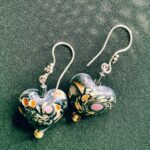
We offer a way to memorialize your loved one or treasured pet with a piece of handmade jewelry. When people comment on it and the wearer can say for example “I received this when my mother died” which opens the conversation about this loss. All our jewelry is made with semi-precious stones and beads, vintage beads, and pearls. You can choose between earrings or bracelets and the color family. Learn More


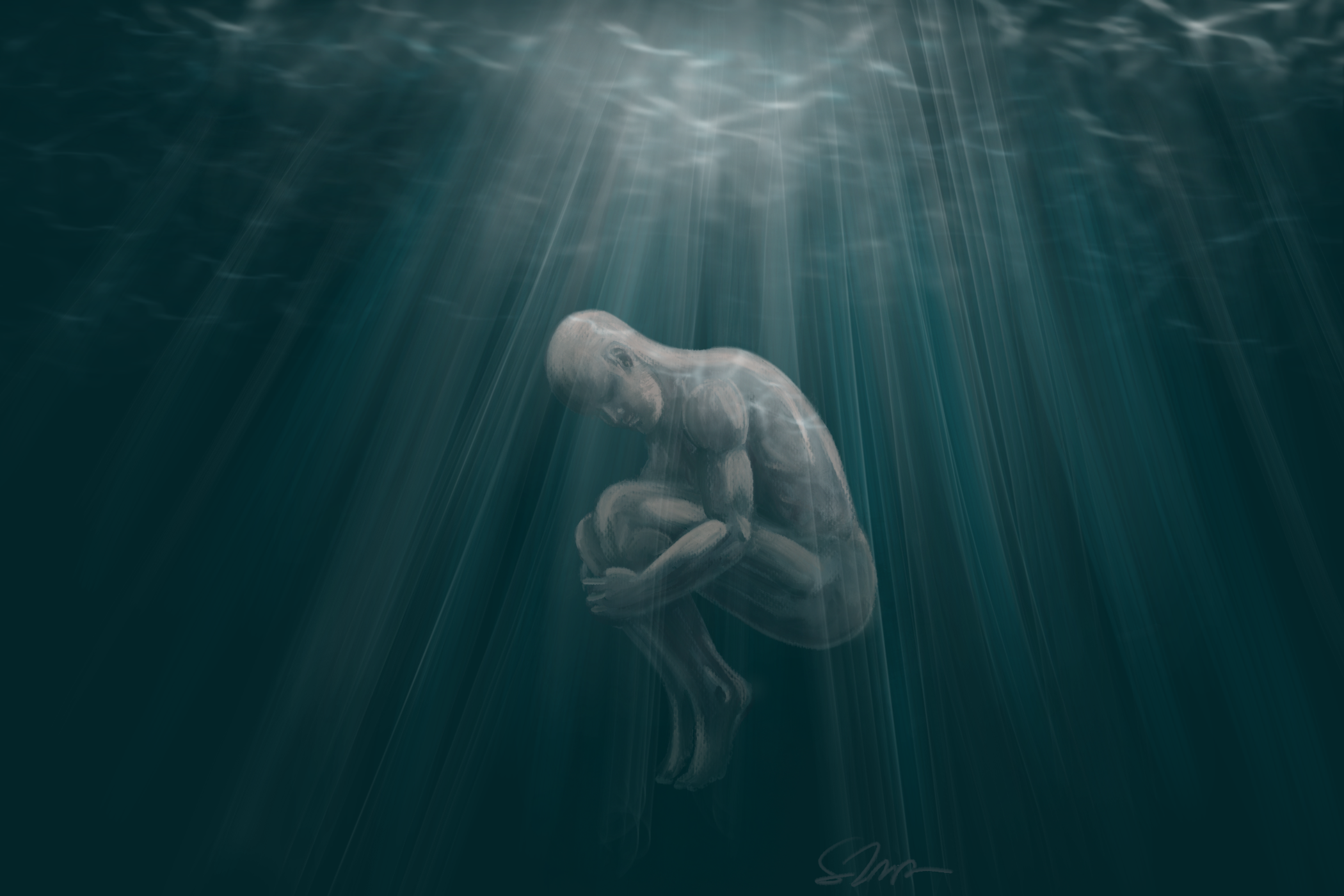
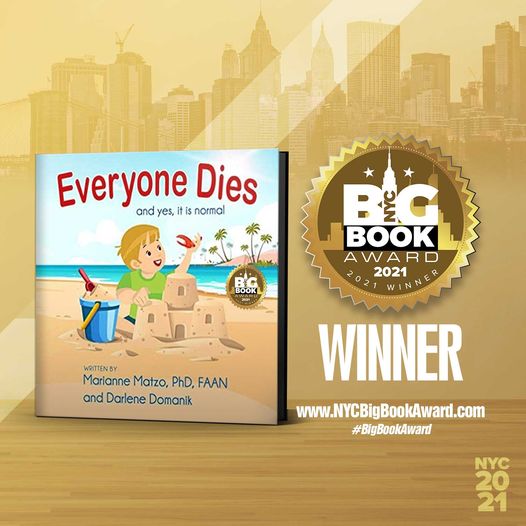

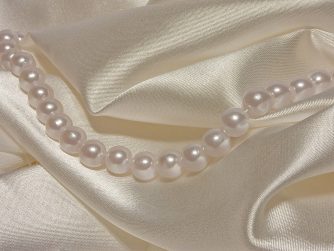
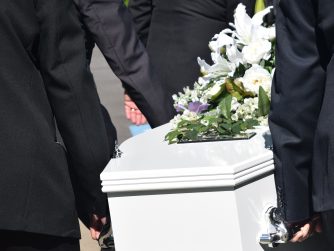
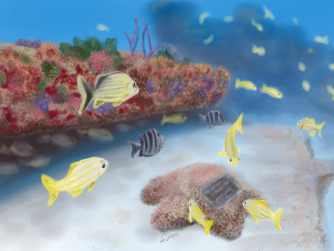
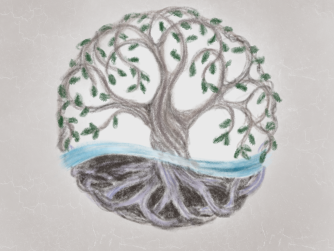
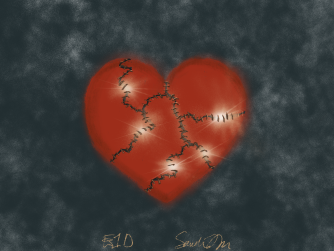
Looking for information…
Here’s a link with the Cremation Association of North America: CANA-Alkaline Hydrolysis. It includes information on how to find a water cremation provider. I also added a couple more things to the resources section. Good Luck! – Sandi (Producer)